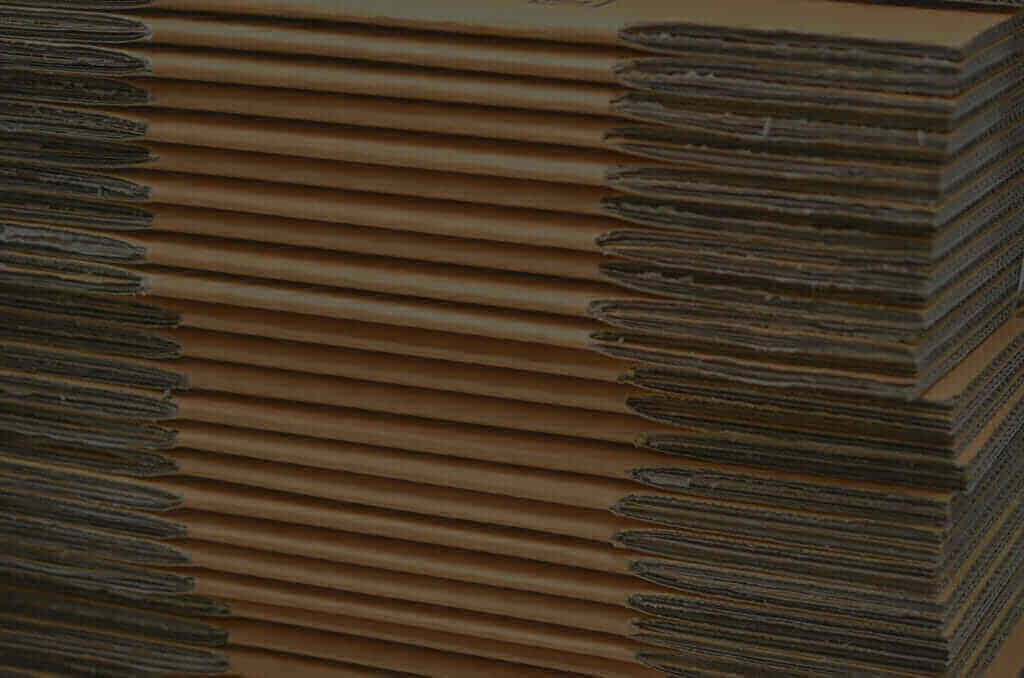
Pizza delivery boxes, shipping boxes, retail store displays -- corrugated cardboard is everywhere, working hard to protect our favorite products as they travel through the distribution chain before landing on our doorsteps and in pantries.
Comprised of three layers of thick, brown kraft paper, corrugated cardboard is a highly versatile material ideal for shipping applications. Lightweight and recyclable, corrugated cardboard’s foothold in the worldwide supply chain isn’t changing any time soon, especially as the global economy and middle class continue to swell and the US manufacturing upswing continues.
Technavio estimates that corrugated cardboard will account for 50% of all retail-ready packaging in the US by 2020, and that the global industry will climb $3.43 billion to $24.75 billion by 2021, compared to 2017. It’s clear, then, that the role of corrugated cardboard is undeniable -- but where does it come from?
Need a cardboard compactor?
Contact us today for new and used cardbaord compactors for your business.
Learn MoreThe History of Corrugated Cardboard
Corrugated cardboard is a type of three-ply cardboard made from brown kraft paper. In 1884 while experimenting with pulping wood chips, Swedish chemist Carl F. Dahl discovered a new methodology for producing strong, tear-resistant paper. He named the process kraft.
After production, rolls of kraft paper are shipped to a corrugating facility, where they’re loaded into a corrugator and crimped and glued to form the three-layer-thick corrugated cardboard we use every day. The material is then converted into boxes and sent to various manufacturers and businesses worldwide for packaging applications.
How is Corrugated Cardboard Produced?
Corrugated cardboard is primarily made from pine trees. They grow fast and usually sustainably, with developers replacing harvested trees with seedlings as part of the production process. After being cut down, the branches are removed from the trees and the trunks are sent to a pulp mill.
The mill breaks the trunks into chips, turns them into pulp using the kraft process (a.k.a. sulfate process) and feeds the fibers into a Fourdrinier machine (paper machine) where they’re transformed into kraft paper.
The kraft paper is transported to a corrugating facility where heavy-duty forklifts pick, move and load the rolls into a corrugator. Two rolls of kraft paper are used to make the three layers; one is the flat linerboard that serves as the top and bottom layer of the cardboard, and the other is corrugated to form the crimped kraft paper that makes corrugated cardboard so strong and durable. The rolls are continuously fed into the machine, eliminating traditional production downtime.
Electrical rollers inside the machine use high temperatures and steam pressure to bend and shape the kraft paper as it passes through. They have flutes, or horizontal, parallel ridges, attached to them that corrugate the paper in different ways. Manufacturers may use “A", "B", "C", "E" and "F" or microflutes. Different flutes change the thickness and shape of the corrugated material, depending on its expected end use.
The corrugated layer is attached to the flat linerboard using a starch-based adhesive. The third layer, another section of flat linerboard, is attached to the outer edge. The material is then shaped into boxes and shipped off around the world.
The Future of Corrugated Cardboard
Corrugated cardboard is currently made from pine trees, but that will likely change in the years to come. Eventually, recycled packaging will become the main feedstock for the process. Corrugated cardboard is biodegradable, but traditional inks and chemicals hinder the manufacturing industry’s ability to re-use the material.
Chemists and companies are researching and developing new biodegradable waxes, coatings and other alternatives that will enhance the recyclability of corrugated cardboard and make it suitable for more downstream applications.
